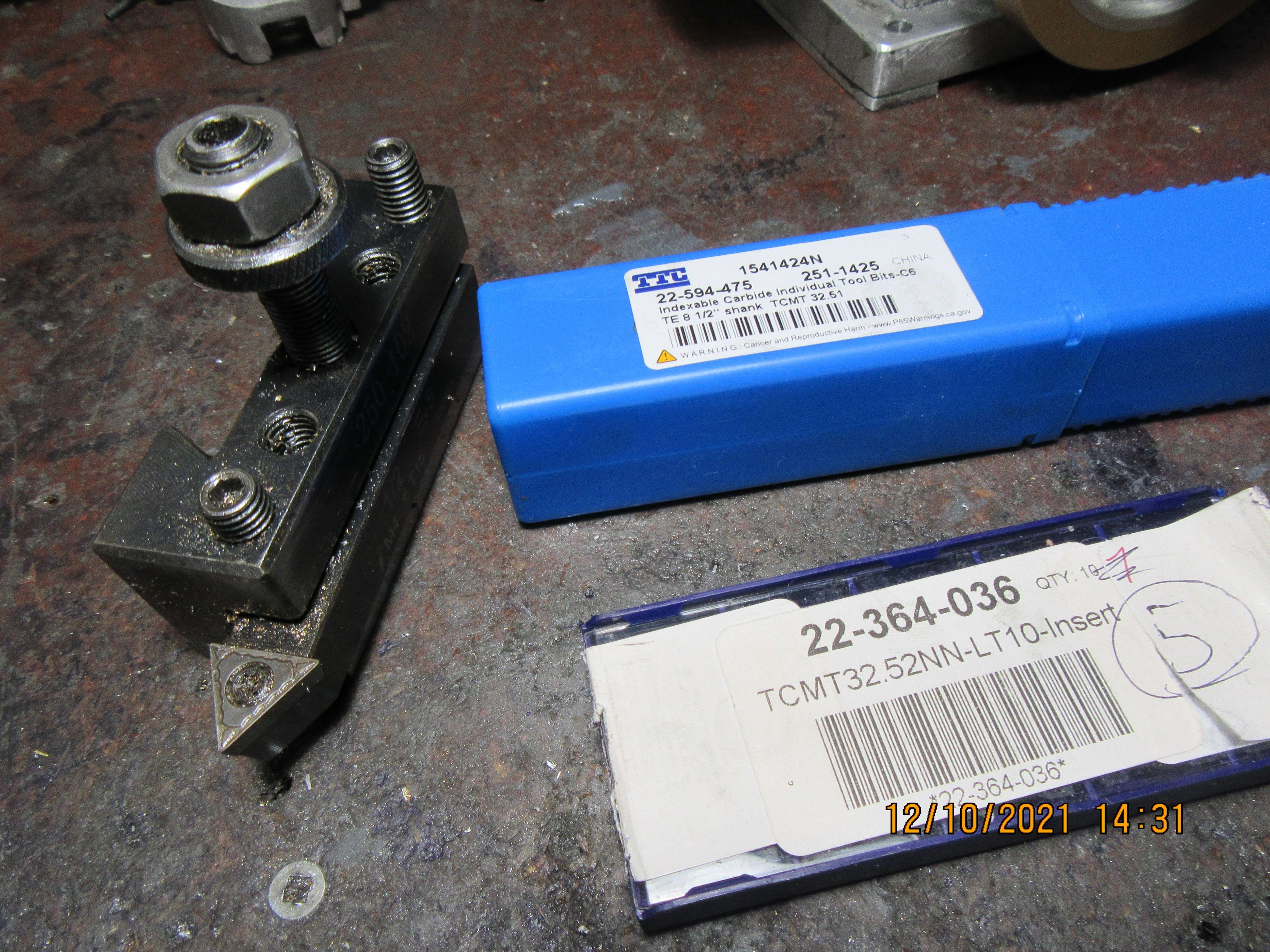I currently use a drill-speed table per material - and tweak it a bit by "feel and ear" as a quick guide, as it saves me calculating everything when I want to be making swarf.
The odd thing is that I have never come across a milling speed per material table? - Again, "feel and ear" gives me good results, usually by adjusting hand feed rate. But that's what I did as an "apprentice", based on some rudimentary speeds and feeds that the experienced fitters taught me (that I have forgotten. Too many years in industry, not involved with machining details.).
To understand this go back to first principles. In theory, what matters is the surface speed of the tool relative to the job. So for the same tool and work materials you turn a 1" diameter at the same speed as you drill a 1" hole or run a 1" end mill.
The speeds given in text and data books are based on efficient and economic production, optimising between production rate and tool costs. As amateurs, we don't need to do that, and can do what suits us, our kit, and our jobs. But it is a useful starting point.
I mostly use HSS tooling, and I start with:
alloy steel & cast iron: 50 ft/min
mild steel: 100 ft/min
brass & aluminium alloy: 300 ft/min
I just do a bit of (most usually mental) arithmetic to turn that guide into a speed suitable for the workpiece (or cutter) diameter. Rather that look up a table, it may be better for you in holding off dementia to do the mental exercise, and if that much mental arthmetic is beyond your capabilities, I am not sure you are safe to be let loose in a workshop.

In practice, I tend to mill a bit slower and drill quite a lot slower. I also usually bore more slowly too. And ream at no more than half calculated speed, often a lot less.
For turning, I will generally pick the nearest lower speed of the machine and try that, dropping further if the job seems to go better that way. I usually look for a speed that will give me the best surface finish.
For the very best finish off the tool, finishing the root radius on a crankpin for example, I may well drop right down to bottom back-gear (25 rpm).
I also use a fair amount of home made tooling such a boring bits. These are silver steel (drill rod) and I halve the nominal HSS speed.
On the rare occasions I use carbide tools I go for about 3 times the HSS speed on iron. Machining steel with carbide, I go for chips that come off turning colour and end up blue.
















![DreamPlan Home Design and Landscaping Software Free for Windows [PC Download]](https://m.media-amazon.com/images/I/51kvZH2dVLL._SL500_.jpg)




























![MeshMagic 3D Free 3D Modeling Software [Download]](https://m.media-amazon.com/images/I/B1U+p8ewjGS._SL500_.png)

















